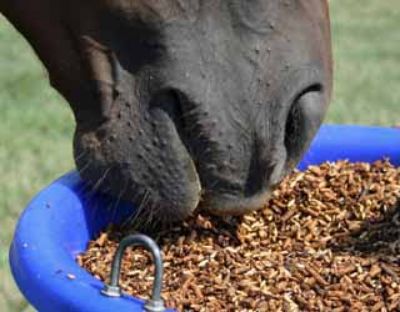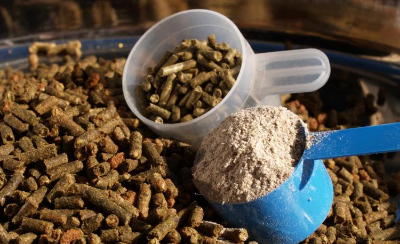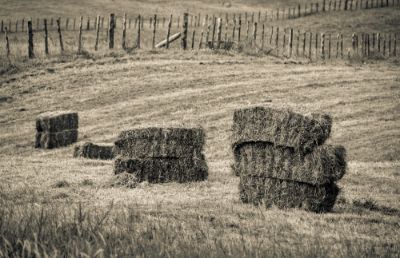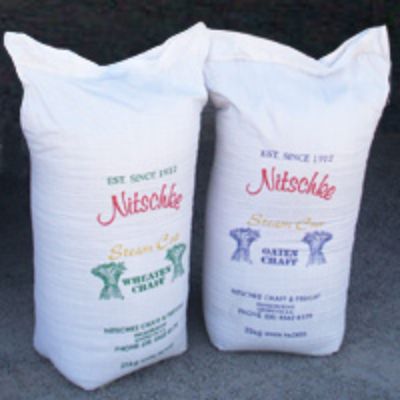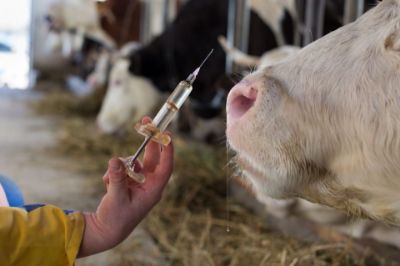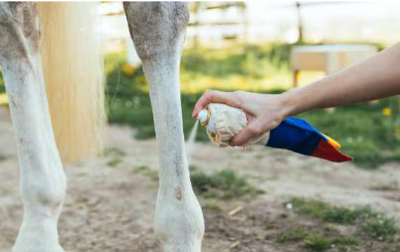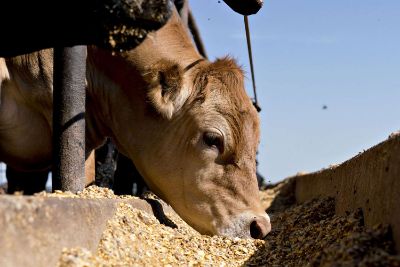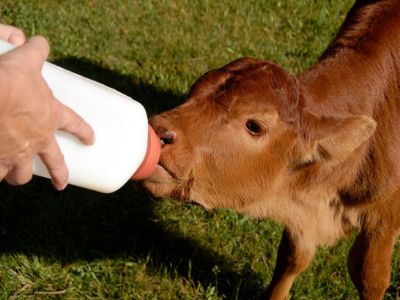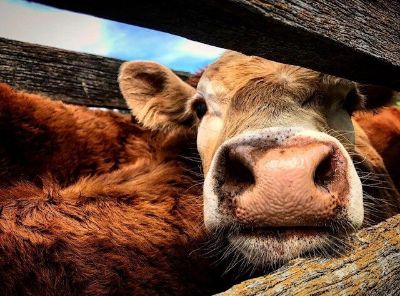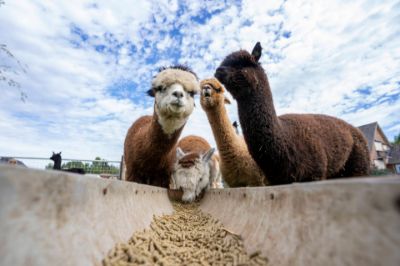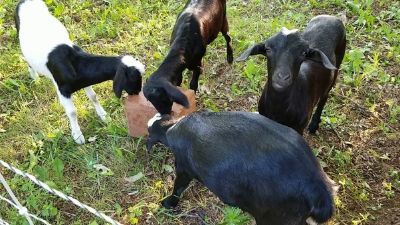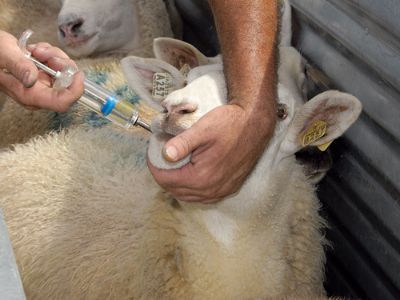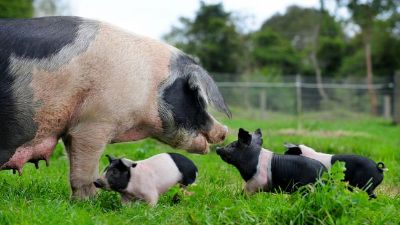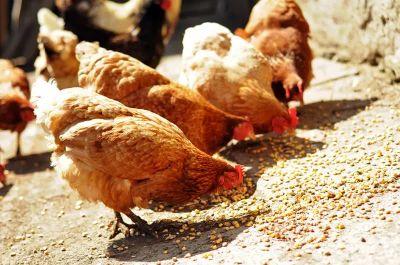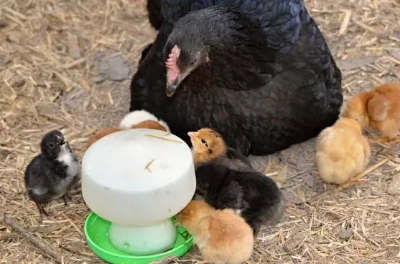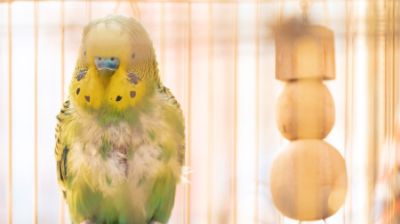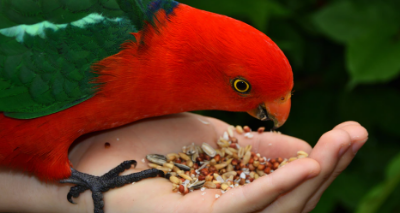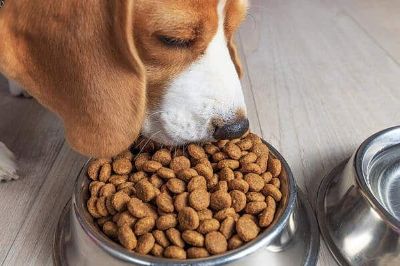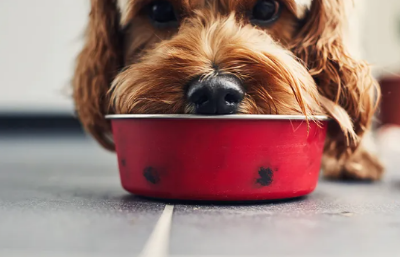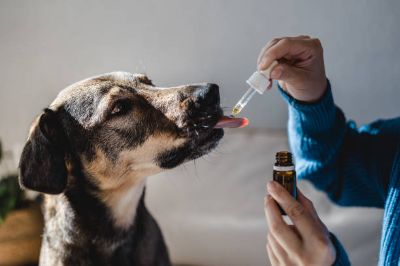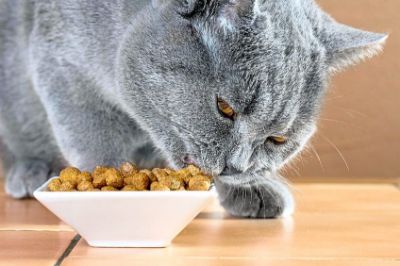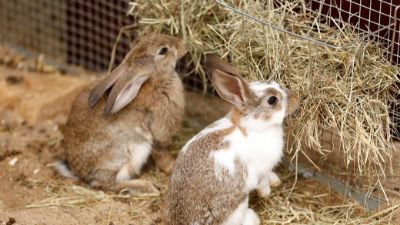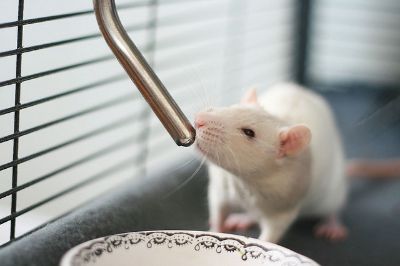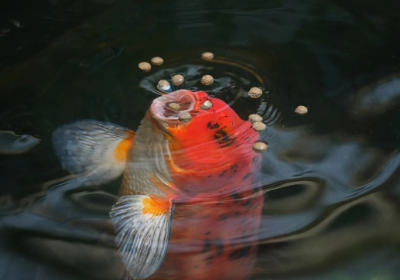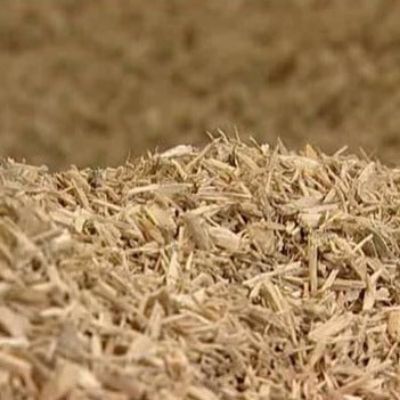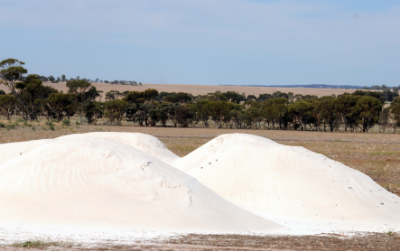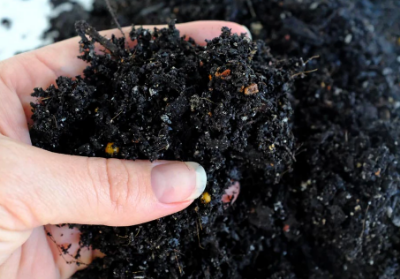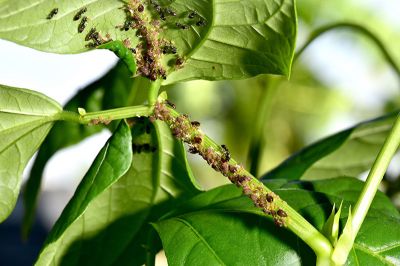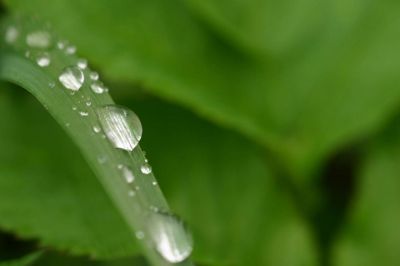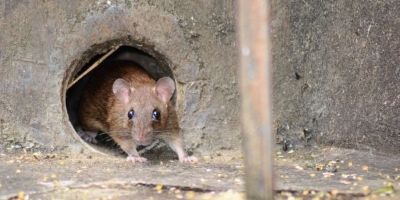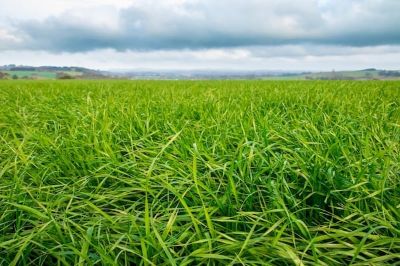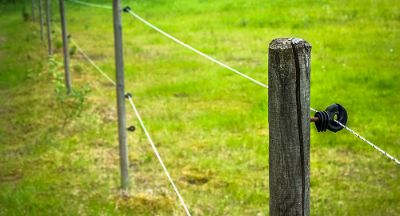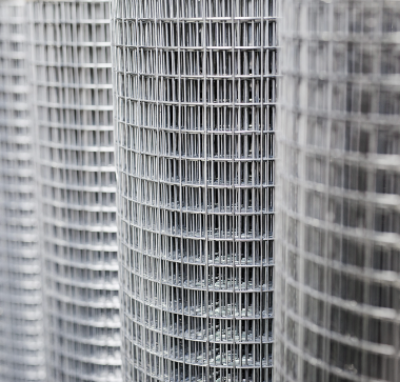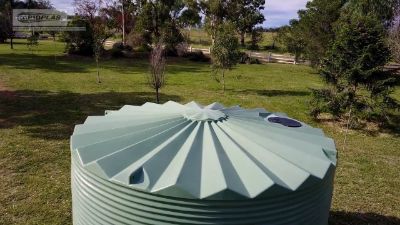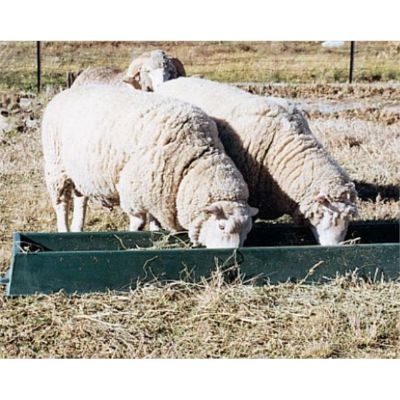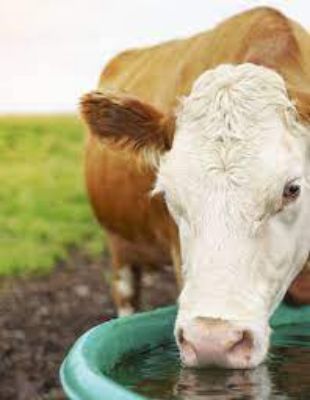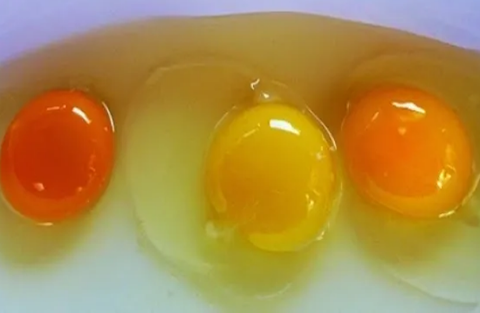
Eggs are a rich haven of healthy proteins thanks to the yolk. You would have to agree that only a few more other foods provide that pleasure of cutting into a runny yolk. But did you know that the colour of an egg yolk holds significance to its contents?
The traditional belief about egg yolks colour variations is that a richer coloured yolk is healthier and more nutritious. However, this is far from the truth... in fact, yolks with darker hue have the same amount of protein and fat as yolks with lighter shades.
Still, some studies have published those eggs from hens raised in pastures can have more omega3s and vitamins but less cholesterol due to the hens healthier, highly proteins and more natural feed on plants and insects.
Overall, regardless of its visible characteristics, an egg will always provide you with nutrients and those yummy proteins goodness that they are known for.
So don't worry! Egg yolks range in colour from pale yellow to deep orange, depending on the hen’s diet. The darker colour yolk signals carotenoids, which are natural pigments found in some plants. The availability of carotenoid rich plants for chickens’ consumption affects the orangeness you see in the yolks of their eggs.
Ultimately, the egg yolk colour is just an indicator of the hen’s diet. If they eat more yellow/orange carotenoids or natural pigments, it affects and changes the yolks colour.
1. Deep orange
This hints at the eggs being products of hens raised on pastures and allowed to roam freely. Such hens have a well-balanced and nourishing diet of crops and bugs, increasing its eggs carotenoid and protein content. While these yolk colours don't significantly influence the nutritional value of the eggs, food experts argue that the yolks of darker hue have a richer taste compared to lighter yolks!
2. Pale yellow
This signifies that the hen has a diet that had lower xanthophyll content. Such a feeding regimen was most likely limited to a high quantity of wheat and or barley.
3. Mid Orange to Golden yellow
This signifies that the hens mainly included green plants, corn, and other plant materials with xanthophylls pigment and a small number of proteins. This cumulatively produces the darker yellow/orange yolk that is most seen.

